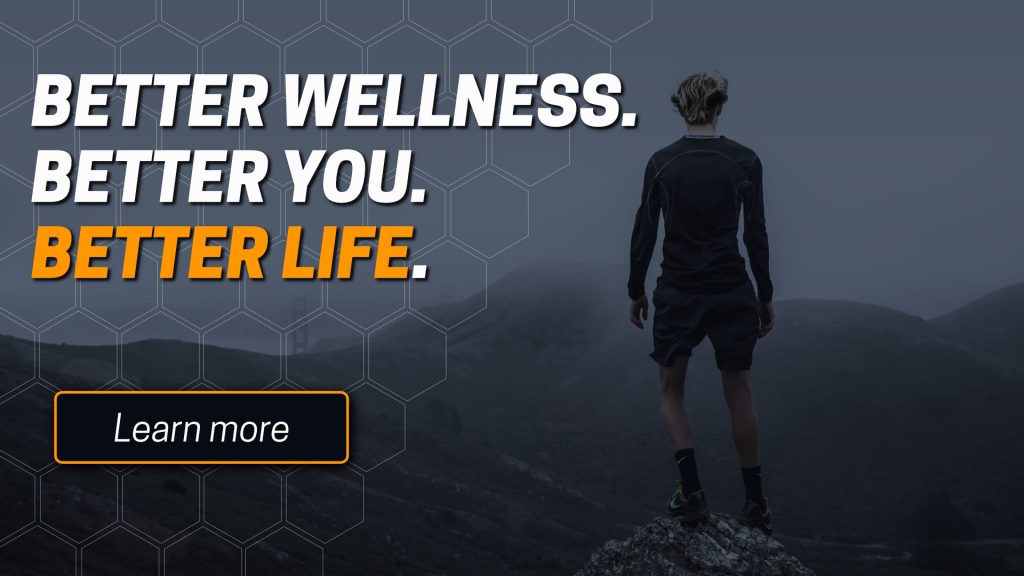Today at a Glance
- Optimize Energy with a ridiculously simple cooking agent
- Build Strength and fight lower back pain with the Superman
- Thrive in Life by nourishing the soul & boosting creativity in nature
OPTIMIZE ENERGY—one framework
Boost performance with a ridiculously simple cooking agent
Sodium bicarbonate supplements for better performance
Baking soda, or sodium bicarbonate, is a common household commodity. It has several uses in cooking, cleaning, and personal hygiene.
Furthermore, many athletes and gym-goers utilize it to improve their performance during intensive exercise.
It’s also a helpful tool to reduce your breathing volume and increase your breathing efficiency.
Sodium bicarbonate is a slightly alkaline salt composed of sodium and bicarbonate ions.
Baking soda, bread soda, and cooking soda are other names for sodium bicarbonate. It is typically found dissolved in natural mineral springs.
Taken internally, it helps to maintain blood pH level and buffers excess hydrogen during anaerobic exercise and allows the muscle to maintain longer bouts of exercise.
By neutralizing the acid built up during high-intensity training, sodium bicarbonate supplements may enhance performance metrics including speed, power, work capacity, and time to failure.
In both small and big muscle groups, sodium bicarbonate dramatically improves muscular performance and endurance.
It’s notably useful during single and repeated bouts of high-intensity activity lasting 1 to 7 minutes.
How to take it?
You can take bicarbonate of soda about an hour before training. If you’re used to it (and know the effects on your body) you can also take it before a competition. For precautionary measures, talk to your doctor before using this approach.
1/2 a teaspoon of sodium bicarbonate
2 tablespoons of apple cider vinegar
1/ Put the baking soda into a glass.
2/ Add the apple cider vinegar and stir it for about 1 min. until dissolved.
3/ Drink it as a shot or fill it up with still water.
It’s as simple as that.
BUILD STRENGTH—one exercise
Lower back pain—a global pandemic
Fight it with this simple exercise.
According to some research, up to 23% of individuals worldwide suffer from chronic low back pain.
This group has a one-year recurrence rate ranging from 24% to 80%.
Some estimates of lifetime prevalence in the adult population are as high as 84%.
Lower back pain can have a multitude of root causes.
The hip (together with the shoulder) is the most complex joint in the body.
Since both are ball and socket joints, they are mainly held in place by muscles and tendons.
If you have a muscular imbalance around your hips it likely affects your lower back.
Your hip flexors are one of the strongest muscles in your body since they need to hold you upright.
Commonly the lower back is untrained and too weak.
Here’s a simple exercise you can do to strengthen it.
The Superman.
The static version:
1/ Lay flat on the floor. Hands chest high.
2/ Press your pelvis into the ground. Engage the gluteus.
3/ Lift your legs off the ground. Hold for 10-30 sec. 3-5x.
4/ Want it harder? Extend your arms forward. Palms facing down.
Common mistake:
Most people bow their backs like a banana. Don’t do that.
Keep the spine long.
The dynamic version:
1/ Lie over the armrest of your couch or take a chair or stool.
2/ Press your pelvis into it. Engage the gluteus.
3/ Let your knees sink to a 90° hip angle.
4/ Straighten your legs back and up. Toes touch. Heels out. 10-12 reps. 3-5 sets.
5/ Want it harder. Use a table. Hang your upper body down and extend up. Use a belt to tie your legs or get some help.
THRIVE IN LIVE—one mindset
Nurtured by nature
Nourish the soul and boost creativity
It can be a simple stroll in the park or a full day hiking in the wilderness.
Deliberate time in nature is a spiritual, re-connecting experience.
But you don’t need to be spiritual to reap in the benefits of time in nature.
Studies show nature has positive effects on physical and mental health.
Spending time in natural surroundings boosts working memory, thinking versatility, and focus.
Exposure to nature has been linked to a range of benefits, including
• lower stress
• improved mood
• improved attention
• lower risk of mental illness
• increased empathy and cooperation
Further research shows contact with nature boosts
• happiness
• well-being
• positive affect
• positive social interactions
• a sense of meaning and purpose in life
while reducing mental distress.
But wait, how much time should you spend in nature?
Another study of 20,000+ people showed that 2 recreational hours per week are sufficient to significantly increase health and well-being.
And it doesn’t matter if you get your dose of nature in a single 120 min. session or spread it over the week.
The amount of time spent in nature isn’t the only important factor—it’s also good to feel connected to nature even when you’re busy at work.
Scientists have different names for this, such as “nature-relatedness”, “connectedness to nature”, and inclusion of nature in self.
What’s going on in our world
We are currently preparing our next (private) steps.
From mid-March, we will go as digital nomads either to Bali or Yucatan. We are really looking forward to meeting like-minded people IRL.
Have a wonderful weekend and stay active!








